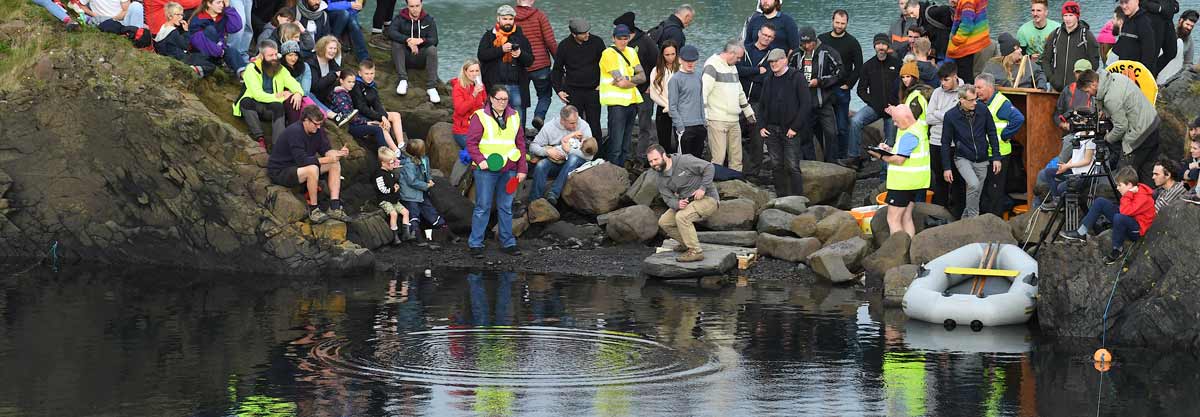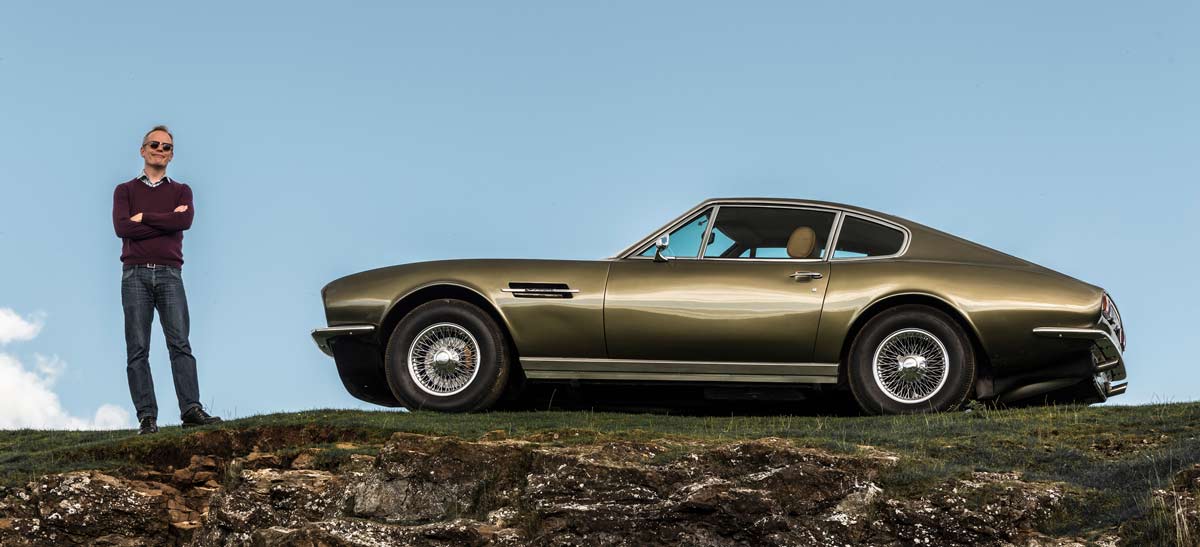
The GT Ferrari that turned amateurs into pros
If a racing driver at Le Mans hears that they have been described as “an amateur”, they are not likely to be best pleased. But as sports car racing flourished through the 1960s, being called an amateur was regarded less as an insult, more as a badge of honour. There was something heroically romantic about weekend warriors battling the best in the sport, and – who knew? – perhaps occasionally a wealthy amateur might fulfill his wildest dreams by breaking through to the ranks of the professionals. This certainly came true for a nouveau riche industrialist who got himself noticed at Le Mans in 1961, sharing a privately-run Ferrari 250 GT SWB with a textile magnate, and who went on to win the French 24-hour race in 1964 in a works-run Ferrari 275 P shared with, of all people, a professor of mathematics.

That unlikely career trajectory belonged to Jean Guichet, who had barely thought about racing when, at the age of 26 in 1954, he founded the Campagnie Marseillaise Réparations business to service and refit ships for the French navy. As the money rolled in from the shipyard and Guichet treated himself to a Ferrari 500 Mondial, a neighbour named Jacques Pollet, who had driven five Grands Prix for Equipe Gordini in ’54 and ’55, suggested he should try sports car racing because he might enjoy it. And he did.

Fate was also busy at this time altering the life-direction of Pierre Noblet, the heir to a textile fortune. The Noblets had trade connections with Italian Count Gaetano Marzotto, whose family fortunes were also founded on wool-weaving and spinning mills, and whose 22-year-old son Gianni had won the Mille Miglia road race in 1950, then won it again in ’53, on both occasions driving Ferraris. Gianni and his three brothers, also racers, convinced Noblet he should visit the Maranello factory to see Ferrari’s wonderous creations for himself. When Noblet got there, Enzo was on hand to meet him, and by the time he left, he had bought a 250 MM.

The MM would be the first model in the now legendary 250 series. Next came the 250 Tour de France, then the Short Wheelbase Berlinetta (SWB), and finally the pièce de résistance, the Gran Turismo Omologato (GTO). Desirable cars, all of them, and by 1960 Noblet was a Ferrari man through-and-through, a devotion strengthened that year when he and Belgian Leon Dernier finished sixth overall and third in class at Le Mans in an Ecurie Francorchamps 250 GT SWB.

Noblet and Dernier finished that race behind two other GT SWBs and directly ahead of another, the Ferrari’s 1-2-3-4 in class vividly demonstrating how it had become the GT racer of choice. In fact, the 250 GT SWB won Ferrari the GT title for manufacturers in 1960 and ’61, and the ’61 success was partly attributable to what Jean Guichet and Pierre Noblet achieved when they teamed-up to drive Noblet’s 250 GT SWB at Le Mans that year.

The 1961 race at the Circuit de la Sarthe was a serious affair: 35 full-blown sportscars, no fewer than 25 of them works entries, plus 20 GTs. Amateurs Noblet and Guichet and their pretty little GT were up against such stellar competition as three Ferrari 250 Testa Rossa 61s, a Ferrari 250 GT/TR, Ferrari 246 SP Dino, three Aston Martin DB4 GT Zagatos, a couple of Aston Martin DBR1/300s, a trio of Maserati T63s, and five other 250 GT SWBs. It was no great shock when the powerful Testa Rossas of Phil Hill/Olivier Gendebien and Mike Parkes/Willy Mairesse scored a 1-2 – but there was widespread astonishment when the next car to sweep across the finish line was the GT of Noblet and Guichet.

This wasn’t the end of the two amateurs’ glory days: in 1962, equipped with a new 250 GTO, they went one better, finishing second at Le Mans to the Ferrari 330 TRI of Gendebien and Hill. And two years later Guichet would once again improve upon his personal best by winning the race, this time seated in a works Ferrari 275 P. Guichet shared this car with Nino Vaccarella, the Sicilian who later became the darling of his home island by winning the Targa Florio road race in ’65, ’71 and ’75 – and who had been teaching maths at Parma University before calculating that he could have more excitement getting paid to race cars.

Professor Vaccarella left his previous working life behind him, but not shipbuilder Guichet. True, Guichet would go on to win the Monza 1,000 Kilometres and Reims 12 Hours in ’65 (sharing a 275 P2 with Mike Parkes and a 365 P2 with Pedro Rodriguez), but the morning after a race, he would be back at his desk and getting on with his day job.
 The car that led Guichet down his unusual career path is the subject of the latest addition to Porter Press’s Exceptional Cars series, Ferrari 250 GT SWB – The remarkable history of 2689. Over the course of 128 well-illustrated pages, highly regarded author Richard Heseltine looks at the background to and rise of the 250 series; 2689 GT’s performances in 1961 at Le Mans, Monza, and Montlhéry; the car’s ’62 races at Brussels, Spa, the Nürburgring and Clermont-Ferrand; the key roles played by designers Pininfarina and Sergio Scaglietti; and the influence of engineers Giotto Bizzarrini, Mauro Forghieri and Carlo Chiti. And all this for a cover price as modest as an amateur’s chances at Le Mans.
The car that led Guichet down his unusual career path is the subject of the latest addition to Porter Press’s Exceptional Cars series, Ferrari 250 GT SWB – The remarkable history of 2689. Over the course of 128 well-illustrated pages, highly regarded author Richard Heseltine looks at the background to and rise of the 250 series; 2689 GT’s performances in 1961 at Le Mans, Monza, and Montlhéry; the car’s ’62 races at Brussels, Spa, the Nürburgring and Clermont-Ferrand; the key roles played by designers Pininfarina and Sergio Scaglietti; and the influence of engineers Giotto Bizzarrini, Mauro Forghieri and Carlo Chiti. And all this for a cover price as modest as an amateur’s chances at Le Mans.






1 comment
Hi everyone,
does anyone have a contact address for Jean Guichet?
thanks,
Steve
STEVE SALE
Leave a comment
This site is protected by hCaptcha and the hCaptcha Privacy Policy and Terms of Service apply.